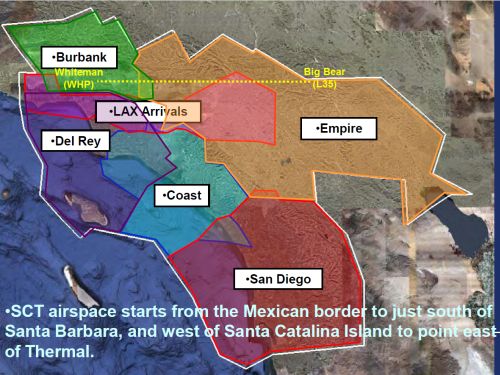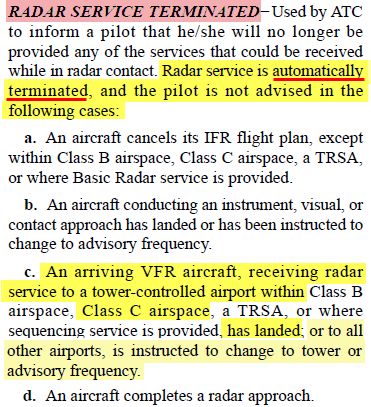Unit74
Final Approach
- Joined
- Mar 8, 2014
- Messages
- 6,992
- Display Name
Display name:
Unit74
Also from the Controller's Handbook
d. VFR aircraft approaching Class B, Class C, Class D, or TRSA airspace which is under the control jurisdiction of another air traffic control facility should either be provided with a radar handoff or be advised that radar service is terminated, given their position in relation to the Class B, Class C, Class D, or TRSA airspace, and the ATC frequency, if known, for the airspace to be entered. These actions should be accomplished in sufficient time for the pilot to obtain the required ATC approval prior to entering the airspace involved, or to avoid the airspace.
Boom. Walks back in. Picks up mic. :wink2:
Boooooom! You highlighted the wrong **** slick..... Read the same paragraph you quoted, then drop that mic cuz your beat box was weak sauce and definitely not enough cowbell.





